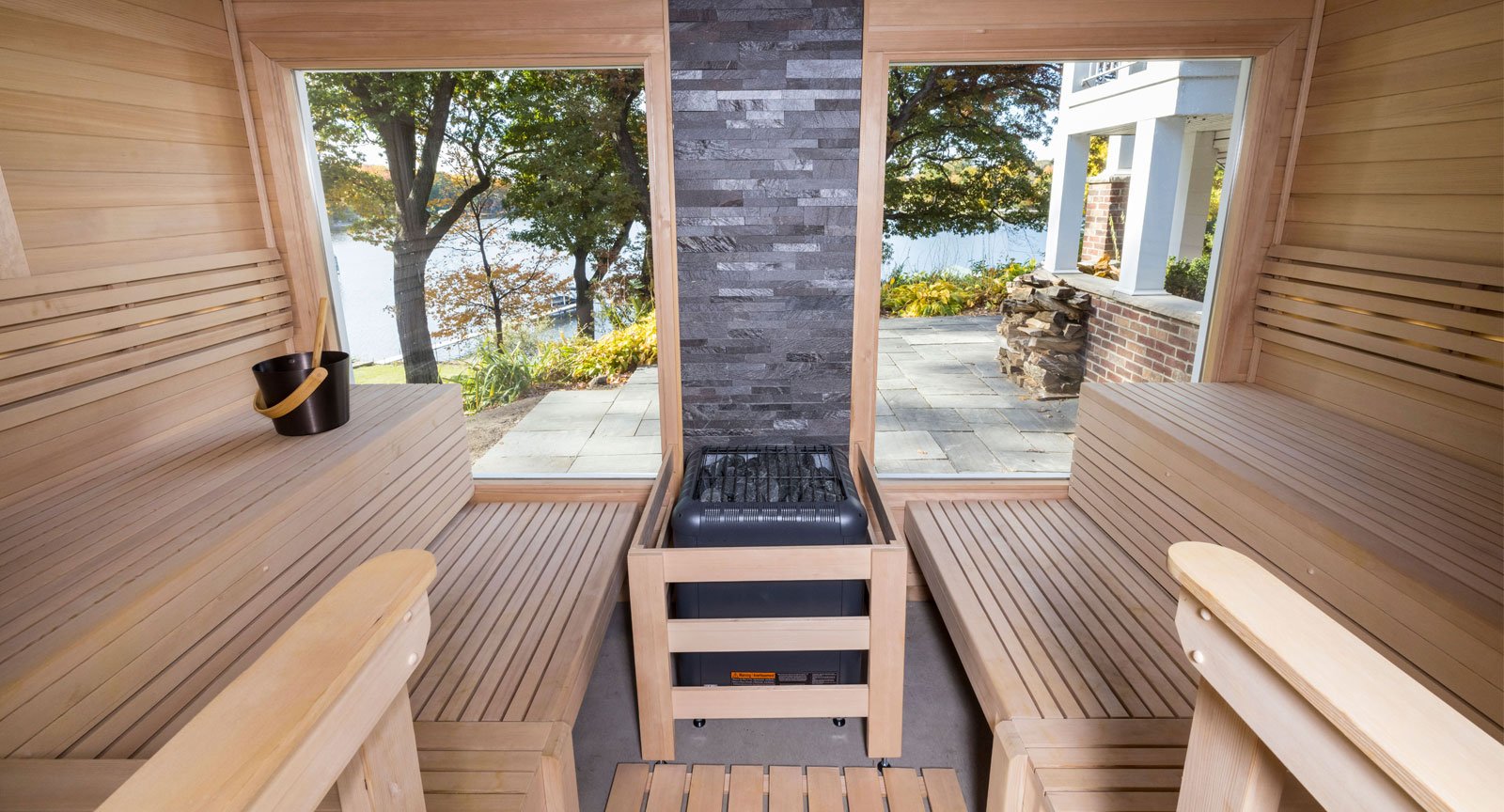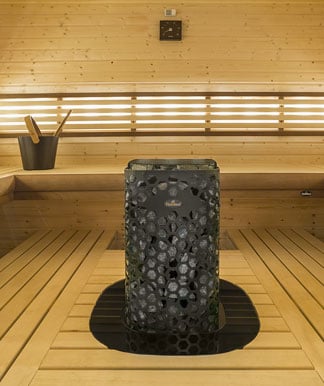Some Known Factual Statements About Traditional Sauna
Some Known Factual Statements About Traditional Sauna
Blog Article
4 Simple Techniques For Traditional Sauna
Table of ContentsThe smart Trick of Traditional Sauna That Nobody is Talking AboutTraditional Sauna - TruthsThe 45-Second Trick For Traditional SaunaThe Best Strategy To Use For Traditional Sauna
Most of the weight shed in a sauna is water loss and is re-gained upon rehydrating. Without a question sauna can be an important part of a healthy weight loss program. To check out the distinctions in between typical and IR saunas, I will divide these into verifiable, theoretical, and produced distinctions.Thus, the hottest factor in the saunawhich goes to the ceiling directly above the sauna heateris generally in between 185 and 190 F. Traditional Sauna. Claims that a standard sauna exceeds 200 F is merely not real and not relevant for electrical saunas marketed in the US. The temperature level for a far-infrared sauna is generally established between 120 and 140 F; nevertheless, unlike the traditional sauna, the objective in and IR area is not to attain a heat
Due to the fact that of this, the temperature difference is virtually unnecessary, given that excessive sweating results in both sauna types, however the method of heating up the body is different. In an IR sauna the bather will really feel hot and will sweat profusely, yet at much lower temperature levels. Thus, if the objective is to invest longer durations of time in the sauna, the IR sauna is a great option.

Rumored Buzz on Traditional Sauna
When the high temperature is accomplished, the components cycle on and off to keep the heat. Most traditional sauna users appreciate putting water over the rocks to create steam to elevate sauna humidity degrees. The advantages of putting water over the rocks include: making the room more comfortable, moistening the nasal passages, and permitting the usage of aromatherapy by mixing essential oils with the water.
In a far-infrared sauna, the warm front pass through the body to effectively warm the body and elevate the body core temperature level. To attain this increased temperature level, Far-infrared emitters create infrared energy which is close to the same wavelength as that which the body normally emitsoften referred to as the "Important Array" of 7 to 14 microns), so the energy is well gotten by the body.
When the power goes into the body, it triggers the body temperature to increase and eventually leads to sweat. In an infrared sauna it is necessary for the emitters/heaters to remain on nearly continuously. Considering that there is no mass of rocks to keep warmth, the sauna will certainly cool down if the emitters turned off.
As mentioned above, the sauna bather in an infrared area intends to place himself in front of operating emitters to obtain optimal you can try here benefit from the heat. The heating time for the two spaces can be really different, relying on exactly how the areas are utilized. For a conventional sauna, a bather needs to allow 30-40 minutes for the space to achieve a preferred temperature and to effectively pre-heat the rocks.
All About Traditional Sauna
A well constructed sauna will commonly attain a temperature of 150-160 F in concerning 30-40 minutes. For hotter temperature levels, the area may need to heat for a longer duration.
To some, 15 mins was "thrown away" while the infrared energy heated up the timber panels instead of heating up a body, while others discover a pre-heated room to be extra comfortable and believe an elevated starting temperature is necessary to begin sweating. The size of recommended use for every area is about the exact same (10-15 minutes per session); however, due to the lower air temperature levels and the ability to really feel the effects of infrared warmth much faster than a conventional sauna, it is not unusual for a person to spend an overall of 20-30 minutes in an infrared sauna.
Standard saunas tend to be bigger (for this reason utilize more electrical energy) than infrared saunas, although traditional saunas are certainly offered in one and 2 individual sizes. For a two-person standard sauna, 5x6 or 5x7 dimension is most popular. The leading bench can pleasantly seat two or three individuals and is also enough time to exist down throughout the sauna session.


The typical price per kWH of electrical power in the united state is about $0.11, so a 4.5 kW heating unit will certainly set you back roughly $.50 to compete one hour, if the heating unit runs constantly for one hour. Commonly a sauna heater will run for 75% of the very first hour and 50% of succeeding hours on find more information given that the elements cycle once the established temperature is attained.
Not known Details About Traditional Sauna
A two individual far-infrared area is generally literally smaller sized than a conventional sauna, typically regarding 4' x 4' or smaller sized. The IR heater is typically 1.5-1.7 kW using a 120 volt 15 amp plug-in solution. Considering that the space can be made use of earlier than a sauna room, we will think the space is utilized for to of an hour consisting of warmth up time.
There is a rarely talked about difference in the social experience in between the 2 spaces. While our society has lost several of the social benefit of the standard sauna experience, it can be extremely socially gratifying. From family members time in the sauna, to heart-felt discussions with considerable others, to sauna partiesthe standard sauna experience can cause intimate mingling.
Many greater end infrared spaces consist of tinted light treatment, noise systems and go to website full-glass fronts.
Report this page